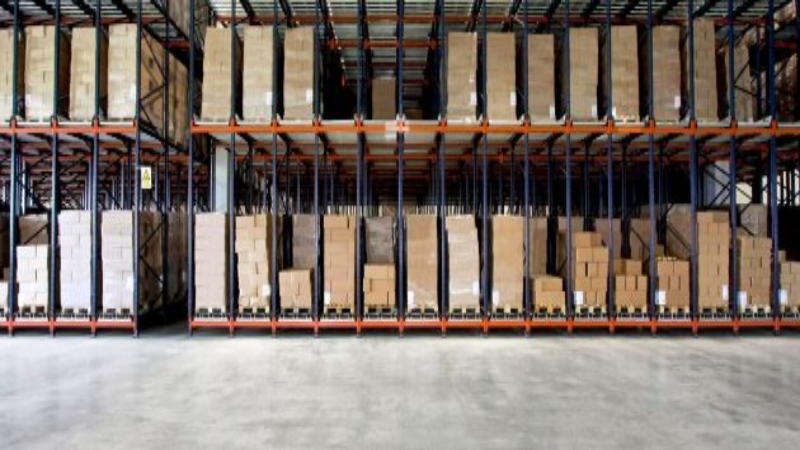The effectiveness of the supply chain is crucial in the global economy of today, and the operation of warehouses and distribution centers is hence a fundamental part of this system. These facilities are essential for guaranteeing efficient storage, management, and distribution of products. Whether in retail, manufacturing, or e-commerce, knowledge of warehouse and distribution hubs’ responsibilities and operations will greatly affect general company performance.
The Purposes of Distribution Center and Warehouses
In the supply chain, warehouses and distribution hubs play different but complementary functions. Mostly, warehouses are concerned with goods storage. They provide a venue where goods might be held for long periods, therefore enabling companies to control inventory and satisfy changing demand. Usually meant to store a lot of products until they are needed, warehouses are utilized for bulk storage.
Conversely, distribution centers are more active and intended for effective commodity processing and distribution. Often just-in-time, they serve as a hub for organizing and sending goods to different locations. Distribution centers, unlike conventional warehouses, are designed for frequent movement of goods and quick turnover. Their goal is to make sure goods are easily accessible to satisfy consumer needs with the least delay.
Enhancing Productivity with Advanced Logistics and Technology
Many times, businesses use cutting-edge logistics and technology solutions to increase the productivity of warehouses and distribution centers. Robots and conveyor belts are among the automated technologies that can simplify sorting and packing tasks, saving the time needed to transfer products across the plant. Real-time stock level tracking made possible by inventory management software guarantees that items are always available as needed, therefore reducing the possibility of overstocking or stockouts.
Layout design is still another important component in maximizing these facilities. Operational efficiency can be greatly improved by carefully arranged shelves and storage systems, as well as by effective space management. For example, methodically organizing items according to demand frequency guarantees that high-turnover products are readily available, therefore lowering retrieval times and enhancing general workflow.
Moreover, maintaining high operating standards depends critically on good staff training. Workers who are knowledgeable in safety procedures and warehouse management systems help to minimize mistakes and improve output by smoothing out operations.
Ultimately, the contemporary supply chain depends on warehouses and distribution centers, which each play different but linked functions. Businesses can raise responsiveness and efficiency by concentrating on maximizing operations through staff training, layout design, and technology. Knowing these purposes helps one make wise decisions that can result in a more efficient and simplified supply chain, therefore benefiting the business and its consumers.


